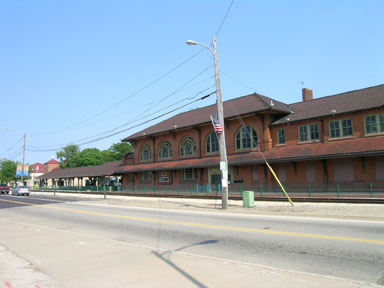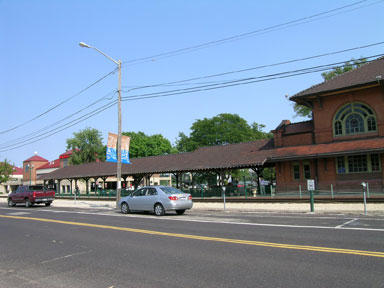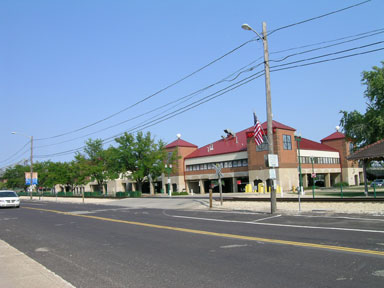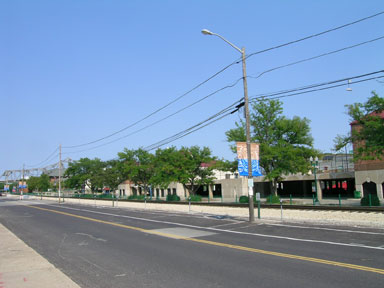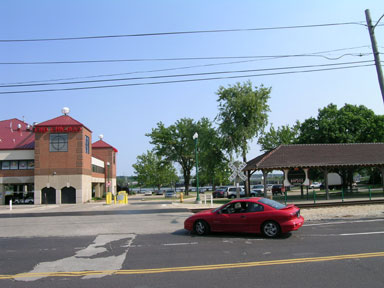 Kudos to Clare Jellick for her most recent blog entry on the school district’s plans to get community feedback on possible East Bluff school locations. She has posted information that the school district distributed at their recent news conference, which includes a page I found most interesting called “Site Selection Criteria.”
Kudos to Clare Jellick for her most recent blog entry on the school district’s plans to get community feedback on possible East Bluff school locations. She has posted information that the school district distributed at their recent news conference, which includes a page I found most interesting called “Site Selection Criteria.”
Let’s take a look at it. It begins with their requirement for size:
“SIZE”
The site(s) should be large enough to accommodate the District’s 120,000 sq. ft. birth through eighth grade educational program, including fitness and wellness spaces, parking, and loading/unloading zones for buses and parents. The minimum site(s) size depending upon what is adjacent to the school is 8-15 acres for a one story school and 6-12 acres for a two story school.
On the positive side, it appears they’ve relaxed their acreage standards somewhat. The low end is now just 8 acres for a one-story and 6 acres for a two-story school. (Incidentally, it’s also nice to see they’re considering a multi-story school, too.) However, the operative phrase here is “depending upon what is adjacent to the school.” Based on the rest of the site criteria, I take that to mean that they’ll need more acreage if the school is not next to a park or similar amenity.
It has never been explained how we went from a Kindergarten through eighth (K-8) to a “birth through eighth grade” (B-8) program. The district’s own Master Facilities Plan never speaks of a B-8 program. I can find no record of a vote on changing the program either. This change is significant, since it means the inclusion of space and staffing for day care and pre-school services.
Are the “fitness and wellness spaces” for students only, or are they still going on the “community center” model where these spaces would be opened for public use? I’m hoping it’s the former because, again, making this a “community center” with fitness equipment open to anyone is really beyond the scope of the school district and just adds unneeded expense.
“AMENITIES”
There are both “desirable” and “undesirable” amenities sought in the areas of a new school building(s). Preference would be given to a site(s) having a greater degree of desirable amenities.
Desirable:
- adjacency to parks and programs, libraries, recreational centers, not-for-profit community organizations providing–as part of their mission–services to school-age youth, and/or other similar such service providers
- adjacency to police, fire, and/or other public service agencies
- adjacency to other schools, including institutions of higher education
Undesirable:
- adjacency to commercial enterprises with a high concentration of vehicular traffic
- adjacency to commercial enterprises in the sale or trade of alcohol, tobacco, and/or firearms
- adjacency to areas with a high incidence of crime
Here we see that they’re still interested in being next to a park, as it’s first on the list. I’m not sure why they would need to be next to a library (doesn’t the school have its own?) or a recreational center (aren’t they planning to have their own fitness/wellness spaces?). I also have to wonder why it’s desirable to be adjacent to “police, fire, and/or other public service agencies.” Is this just for public safety purposes, or are they seeing this as places the kids could tour as part of their education?
And what’s the advantage of being adjacent to other schools? That looks like to me like a step toward more consolidation and away from a neighborhood-school concept. Consider two of the suggested locations: Next to Kingman school, which is down in the north valley, and next to Woodruff High School, which already has Lincoln School adjacent to it. If the latter site were chosen, you’d have a large, consolidated campus with three schools right next to each other.
The “undesirable” list makes sense. Although, one wonders how the Peoria Stadium made the list of possible locations if they’re worried about a “high concentration of vehicular traffic.” Putting the school there would not only put it next to one of the busiest highways in the city, but would guarantee that all the children would have to be bused or driven to school by their parents, thus added even more traffic to the roads.
“COST and TIMEFRAME”
The District received the order of effect from the State to allow the District to issue Health Life Safety bonds toward the construction of a new school(s). The costs associated with the assemblage and acquisition of property shall not exceed the budget set forth by the Board of Education and ideally should require no more than 6 months to procure the land once the site is selected.
Obviously the pertinent information missing here is “the budget set forth by the Board of Education.” What is that budget? And does that include the $877,500 they’ve already spent on properties along Prospect? They may not have much money left for property acquisition.
Here’s something else to think about. You know how the museum folks told us that construction costs have increased dramatically over the past year? How does that impact the school’s plans to build a school? At first they said it was going to cost $15 million to build a school, then it was $21 million. That was several months ago. What is it now? What will it be next year? It may cost $30 million to build this new school by the time they figure out a site. At that point, is it still more cost effective to build new than to restore existing structures?
“OTHER CONSIDERATIONS”
The District shall consider such other factors when weighing the relative merits of two or more sites of equal value as defined by size, amenities, cost and timeframe noted above.
- proximity to student population displaced with the closure and consolidation of multiple intra-attendance area buildings using the guidelines established by the State for free bus transportation
- accessibility to site by walk, car, bus, public transportation
- traffic volume and congestion
- preference of the City of Peoria
- neighborhood stabilization and revitalization
Note that these only come into play when evaluating two or more sites “of equal value” as defined in the previous sections. In other words, they’re literally and figuratively at the bottom of the list when it comes to picking a site. I find that rather sad, because it seems to me that one thing that can really improve education is neighborhood stabilization. After all, that’s where the kids are for 2/3 of each school day, all day on the weekends, and all day over the summer.
I think the stability of the neighborhood has a great deal to do with education. It affects whether the kids are worried about gangs, violence, drugs, etc., or are free from those concerns and able to focus on their studies. It affects whether they have pride in their homes and surroundings, which will affect how they look at school property. It affects whether they can walk to school or whether they have to be driven or bused.
Conclusion
The way I see it, the school board should be getting public input on more than just the location of the school. The public forums should also cover whether we want our tax dollars paying for daycare, fitness centers, and other questionable amenities. They should be focusing on whether we want big consolidated schools or smaller neighborhood schools. These are the root issues that are driving the whole push for replacement buildings.


